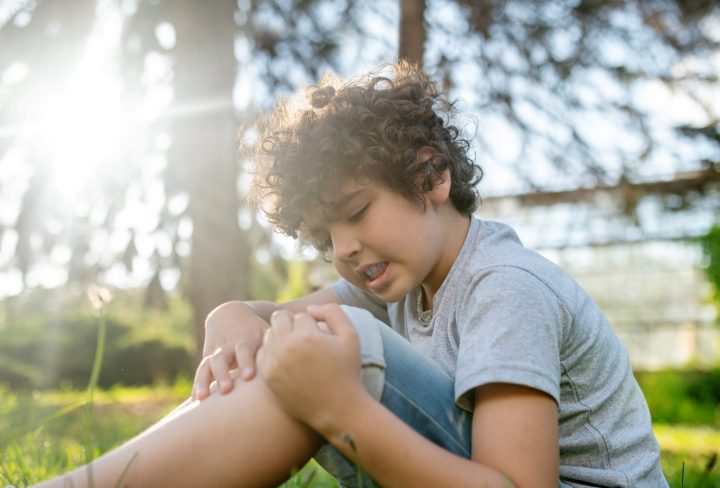Juvenile Idiopathic Arthritis (JIA) is a complex condition that affects thousands of children worldwide. Despite its prevalence, many misconceptions persist about this autoimmune disease.
What is JIA?
JIA is the most common form of arthritis in children under the age of 16. It’s an autoimmune disorder where the body’s immune system mistakenly attacks healthy joint tissues, leading to inflammation, pain, and stiffness.
The term “idiopathic” means the cause is unknown, making JIA particularly challenging to diagnose and manage.
Symptoms of JIA
Symptoms of JIA can vary widely from child to child and may fluctuate in severity over time. Common signs include joint pain, swelling, stiffness, and warmth, particularly in the morning or after periods of rest.
Children with JIA may also experience fatigue, decreased appetite, and difficulty with daily activities like walking or dressing.
Diagnosis
Diagnosing JIA requires a thorough medical evaluation, including a physical examination, review of symptoms, and various tests. Blood tests may be performed to check for markers of inflammation, such as elevated C-reactive protein (CRP) or erythrocyte sedimentation rate (ESR). Imaging tests like X-rays or MRI scans can help assess joint damage and rule out other conditions.
Types of JIA
There are several subtypes of JIA, each with its unique characteristics:
- Oligoarthritis: Affects fewer than five joints, often knees or ankles.
- Polyarthritis: Involves five or more joints, often symmetrically.
- Systemic arthritis: Causes inflammation in multiple joints and can affect other organs.
- Psoriatic arthritis: Occurs in children with psoriasis, a skin condition.
- Enthesitis-related arthritis: Affects the entheses, where ligaments and tendons attach to bones.
Treatment
Treatment for JIA aims to control inflammation, relieve pain, preserve joint function, and improve quality of life. Medications commonly used include nonsteroidal anti-inflammatory drugs (NSAIDs), disease-modifying antirheumatic drugs (DMARDs), biologic agents, and corticosteroids.
Physical therapy and regular exercise are also essential components of JIA management, helping to maintain joint flexibility and strengthen muscles.
Living with JIA
Living with JIA can present numerous challenges for children and their families. It’s essential to provide emotional support and encouragement while helping children manage their symptoms and participate in activities they enjoy.
Creating a supportive environment at home and school, along with open communication with healthcare providers, can make a significant difference in a child’s well-being.
JIA is a complex autoimmune condition that requires careful management and support. By understanding we can better support children living with JIA and help them lead fulfilling lives.

